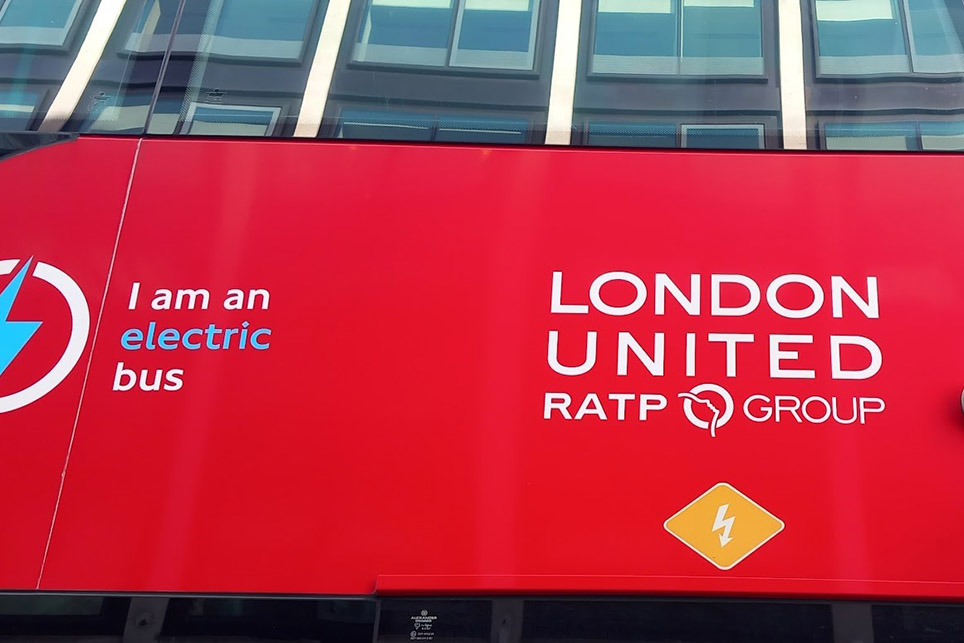
Standardizing Worldwide Uniform Information for First and Second Responders
ESRI collaborates on promoting ISO 17840 standard for road vehicles and developing similar guidelines for applications in other sectors that use batteries and other power sources
Technological advancements across various industries are paving the way for the demand for new forms of energy storage and reshaping the safety and emergency response landscape worldwide. First and second responders must understand the risks of these new energy sources.
Batteries that power a wide array of applications and store renewable energy bring unique fire safety challenges. Firefighters need specialized knowledge and strategies to manage potential battery fire incidents. For example, in an electric vehicle, the physical location of the battery, which is on the underside of the vehicle below the passenger compartment, can make it challenging to locate and access the battery to extinguish a fire. First and second responders must approach an accident scene safely and with proper understanding of the risks they may face.
To address new and existing safety hazards associated with road rescue and vehicle fires and accidents, the International Organization for Standardization (ISO) 17840 standard was created. It is used by the public transport sector, fire and rescue services, automotive, and heavy-duty vehicle sector and consists of:
- “Symbols” indicating which propulsion energy is used;
- “Rescue Sheets” containing information for quick and immediate action during an incident scene; and
- “Emergency Response Guides” containing more in-depth information structured with the same headings as the rescue sheets.
The worldwide implementation of ISO 17840 is significant for improving road safety conditions and applying the same approach to other existing and emerging technologies and applications, such as stationary grid energy storage systems, aviation, marine, and agricultural-use equipment to name a few.
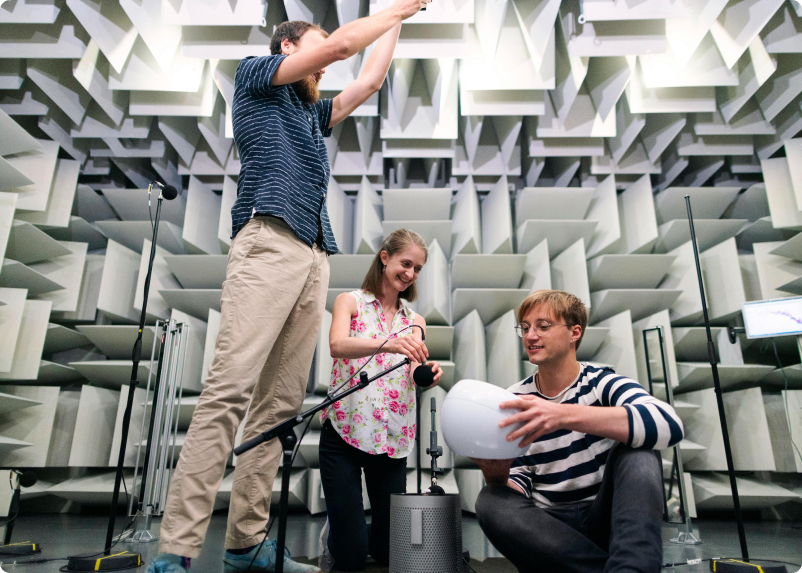
Overview
- ISO 17840 is used by the public transport sector, fire and rescue services, automotive, and heavy-duty vehicle sector.
- Public buses in London display uniform symbols related to ISO 17840.
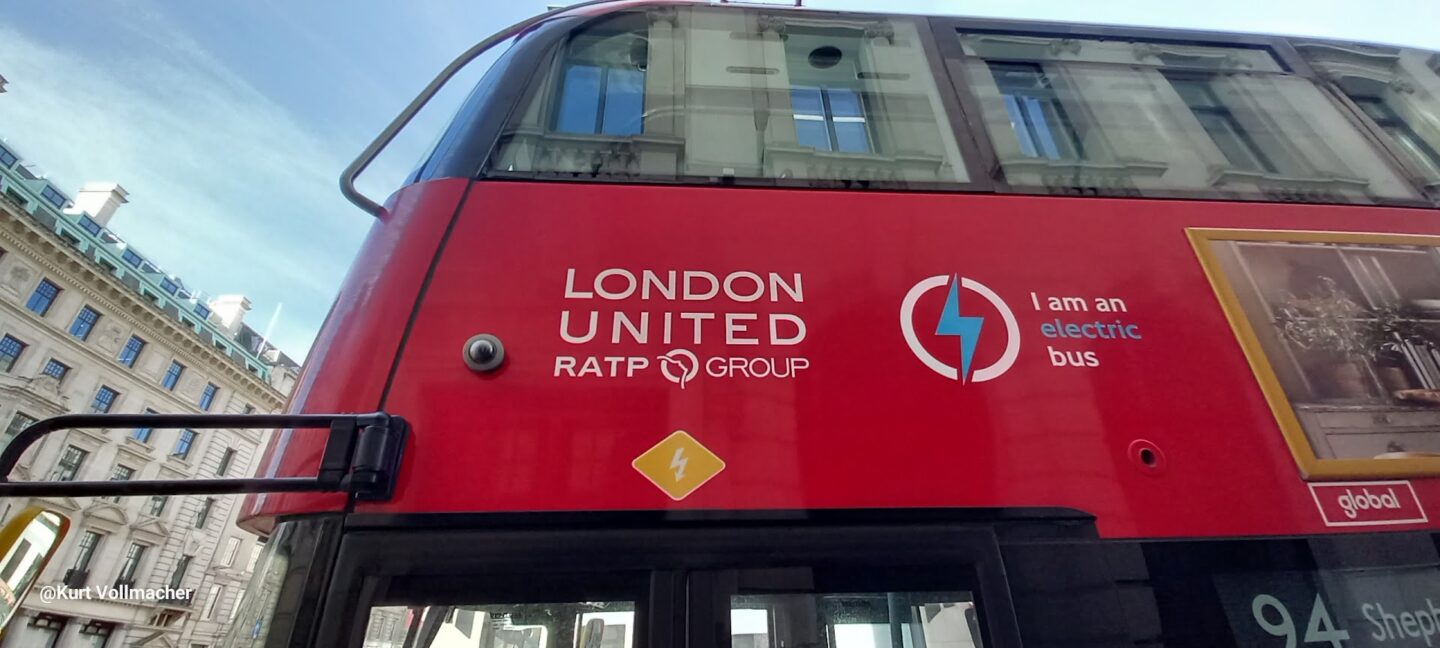
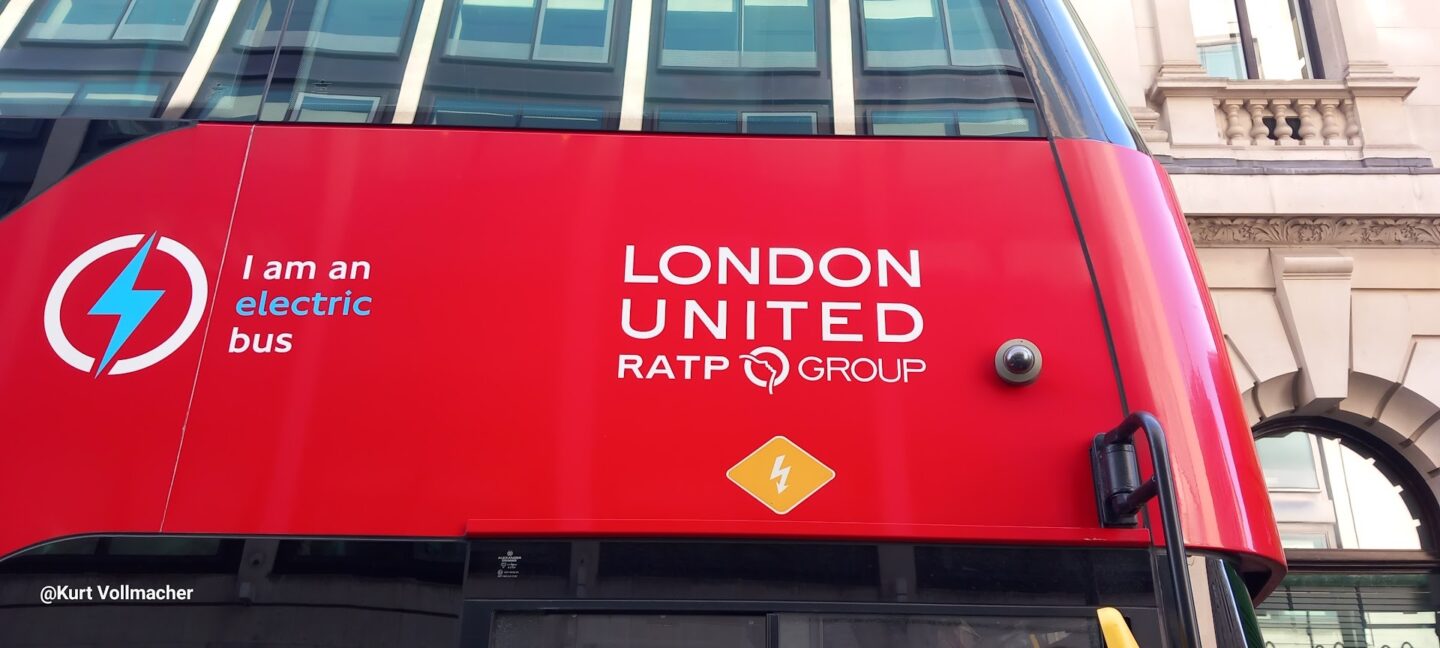
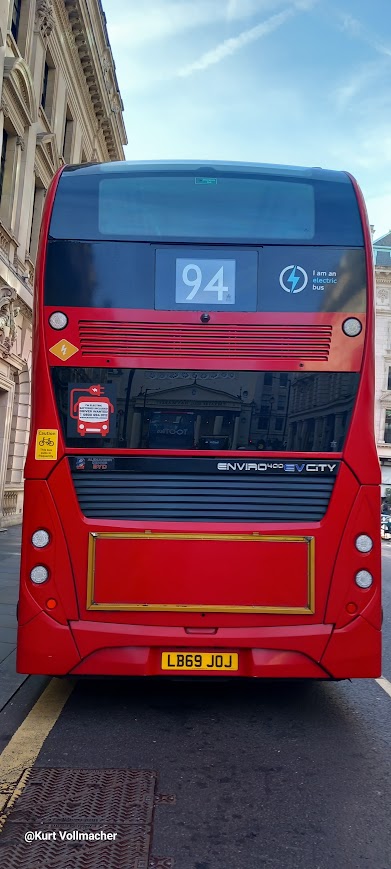
Uniformity in using symbols, rescue sheets, and emergency response guides will support the transition towards a standardized, safe, and sustainable system for covering the various sectors and technologies, strengthening the ability of first and second responders to execute their work safely.
Dr. Judy Jeevarajan, vice president and executive director of the Electrochemical Safety Research Institute (ESRI) within UL Research Institutes, and Kurt Vollmacher, independent expert on new energies at ENERGY SAFETY INTERNATIONAL and creator and project leader for the expansion of ISO 17840 standard, are Project Leaders of the Standardizing Worldwide Uniform Information for First and Second Responders initiative. They aim to promote the existing ISO 17840 standard for road vehicles (covering passenger cars, buses, coaches, light and heavy commercial vehicles) and create guidelines to extend the use of the standard for other applications/systems that use batteries and/or other power sources (not covered by ISO 17840) through working groups represented by key stakeholders from the following industries:
- Fixed and movable installations
- Maritime vehicles
- Motorsport vehicles
- Air vehicles
- Railroad vehicles
- Agriculture, construction, heavy machinery, and mining vehicles
- Electric motorcycles

Experts wanted to join working groups
Joining a working group will help promote the existing ISO 17840 standard and create guidelines for other applications/systems using batteries and other power sources currently not covered by ISO 17840.